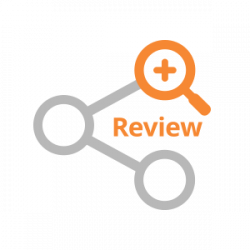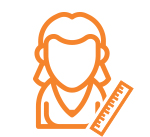Short Description
The European Commission joined many other research funders in 2013 when it announced that one central requirement of future research grantees of Horizon 2020 would be that their research publications be made freely available to all. The Commission’s vision is open access for research outputs, as announced in its 2012 Communication. This states: “Information already paid for by the public purse should not be paid for again each time it is accessed or used, and […] should benefit European companies and citizens to the full.”
The Commission has no preferred model for how to achieve open access. It is searching for innovation wherever it may be found, from traditional commercial publishers, new organisations, distributed academic networks, and research libraries. The goal of achieving open access is a public one that sits above private interests. This sometimes means that businesses are obliged to evolve and adapt in light of the project to move towards open access.
The move to open access scholarly publishing has been accelerating for many years. It is driven by many factors, including: the emergence and expansion of the internet, which enables the fast and free dissemination of research outputs; the fact that many academic libraries are reporting the rising cost of subscription journals and the declining number of journals they can subscribe to; a moral case that publicly funded research should be freely available for all to see; and a case that more dissemination of knowledge will lead to more innovation and therefore economic growth.
Tags: peer review
scholarly communication
open access
scholarly publishing
Fair OA
report
Read more: Alternative Open Access Publishing Models:...
Short Description
Several market research studies have evaluated peer review in recent years. A goal of the present research, commissioned by PRE, is to extend those findings to provide insight into the indicators of quality of peer review. In January, 2016 Wicherts proposed that transparency of the peer review process may be seen as an indicator of the quality of peer review. By testing a questionnaire tool with several audiences with different methods, he concludes that the tool has promising reliability and validity in assessing transparency of the peer-review process as an indicator of peer-review quality. In this market research, we ask respondents to rate the helpfulness of several criteria based in part on Wicherts’ 14-item tool which rates the transparency of a journal’s peer review process, regardless of peer review model, open or blinded, pre-publication or post-publication.
Tags: open peer review
peer review
impact
report
Read more: Peer Review: Transparency, Standards and...






















